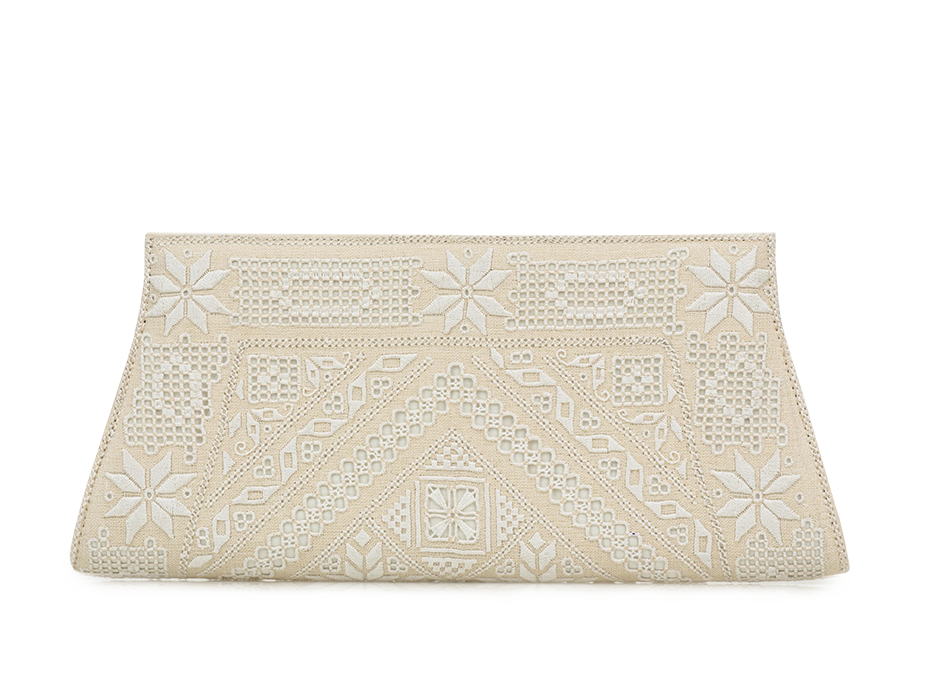ISABELLA OF IBELIN
Queen of Cyprus (1252-1282)
Isabella of Ibelin was Queen of Cyprus and lady of Beirut from 1264 until her death in 1282. She was the daughter of Jean d’Ibelin, lord of Beirut, and of Alice de la Roche sur Ognon. As a great-granddaughter of the powerful Crusader noble John of Ibelin, she was a member of the influential Ibelin family. In 1265, the young Isabella was betrothed to the young Hugh II, King of Cyprus (1252–1267), but he died before the marriage was consummated. In 1272, at the age of 20, she married Haymo Léstrange (the Foreigner), but the marriage was short, as Haymo died in 1273. King Hugh I of Cyprus wanted to use Isabella’s status as a wealthy heiress to choose a new husband for her, but Isabella resisted and received the support of the Muslim Sultan Baibars, and the Knights Templar. After Baibars’ death in 1277, Isabella married twice more, to Nicolas l’Alleman, lord of Caesarea, and then to Guillaume Berlais. She never had any children and died in 1282 at the age of 30.






